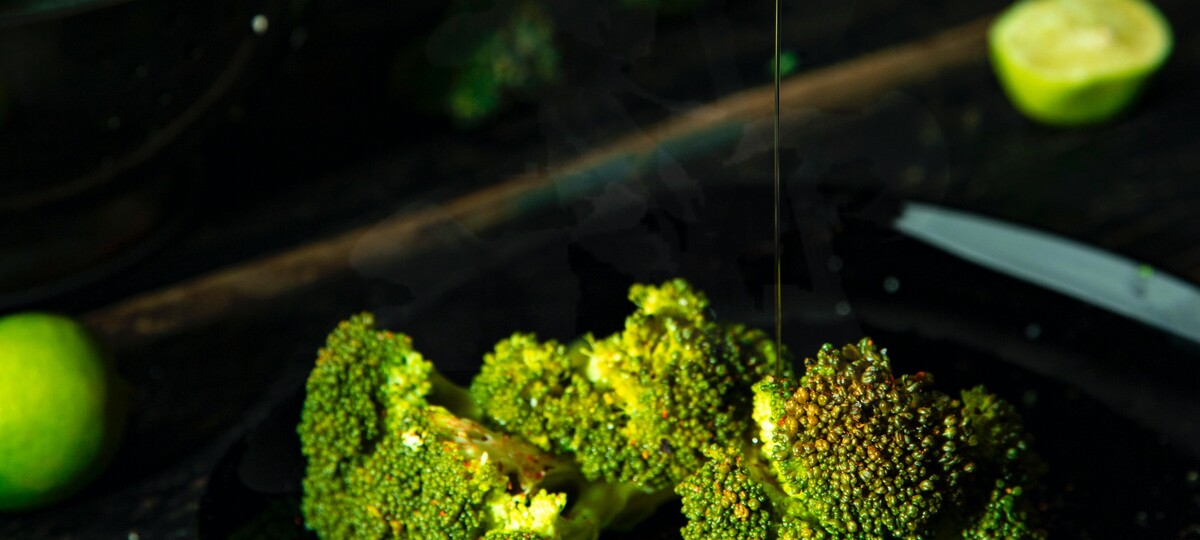
This is the season when we turn to that magic diet that will help us drop those unwelcome COVID-19 and holiday pounds.
There is no shortage of headlines guaranteeing success to anyone who follows the latest diet. Some, such as the Mediterranean or the DASH diet, are well balanced and sensible. Others, especially those that promise a 10-pound weight loss in a week, lack healthy attributes. Many that scream from the grocery store checkout lines can be downright extreme.
At the end of the day, it’s the ratio of calories in to calories out that determines weight loss. If we burn more calories than we consume, we will lose weight.
One of the increasingly popular diets these days is intermittent fasting, where you refrain from eating after a certain time of day (after 3 p.m. until 8 a.m. the next day, for example) or a mix of regular eating days and days of fasting or very low calorie intake (such as two 500-calorie days a week).
In a new study published in The Journal of the American Medical Association, 141 participants in a randomized clinical trial lost about the same amount of weight and had similar cardiometabolic benefits whether they practiced intermittent fasting or ate three meals a day. Neither group received any nutrition education or behavioral counseling. After 12 weeks, there was no significant difference in weight change between the groups. But there was a difference in lean muscle mass. The intermittent fasting group lost more lean muscle mass than the three-meals-a-day group.
Other studies have found intermittent fasting to be as effective for weight loss as other diets, but there haven’t been long-term studies. And few studies have compared muscle mass. A high-quality diet and plenty of physical activity — including resistance training — are critical for our good health, and nothing replaces these recommendations. Intermittent fasting is merely a tool, an approach that can be quite effective for weight loss for some folks.
The bottom line is if you want to lose weight, do what works best for you. There is no one-size-fits-all diet plan. It could be low-fat; low-carb; intermittent fasting; or simply eating less, counting calories and exercising. If you choose a diet rather than a healthy eating plan, take a multivitamin to ensure you get all the nutrients you need.
The key is still calories in versus calories out — creating a calorie deficit — but it’s important to make sure the calories you take in are full of nutrients rather than empty calories. Those 1,500 calories of sweets, fast food and chips don’t give your body the same nutrients as 1,500 calories of fruits, vegetables, lean meats, low-fat dairy and whole grains. If you want to perform at your peak in 2021, you’ll need to focus on putting food packed with nutrients into your body instead of empty calories.
Q and A
Q: How do I tell if my loaf of bread is whole-grain?
A: If you find this difficult, you’re not alone. Some 47% of people couldn’t tell if a bread was whole-grain or not. That’s because advertising on bread labels can be misleading. In a study, people were given a loaf of bread that was truly whole-grain and other breads that were labeled “whole-grain,” “multigrain” or “made with whole grains.” The key is to look at the list of ingredients rather than the words on the label. What is listed first? If it’s whole-wheat flour or whole oats first on the list, it’s a whole-grain. Another key is to look at the amount of fiber. Whole grains will have 2 to 3 grams of fiber per slice of bread.
RECIPE
With the new year around the corner, most of us are at least thinking about healthier eating. Start with more fruits and vegetables. Here’s a recipe for Caramelized Broccoli and Cauliflower from Dole. Both the broccoli and cauliflower are good sources of vitamin C, which supports immunity and a good mood. As a bonus, they’re low in calories.
CARAMELIZED BROCCOLI AND CAULIFLOWER
Servings: 4
2 tablespoons olive oil
3 cups cauliflower, cut into 1-inch florets
3 cups broccoli, cut into 1-inch florets
1/2 yellow onion, peeled and finely minced
1 teaspoon red pepper flakes
1 teaspoon smoked sweet paprika
2 tablespoons honey
4 tablespoons water
Zest and juice of 1 lemon
Fresh ground black pepper, to taste
Heat olive oil in large nonstick pan over medium heat. Add cauliflower, and spread in single layer. Cook without stirring until the undersides are lightly browned, 7 to 8 minutes. Flip each floret, and continue cooking, undisturbed, until evenly browned, 7 to 8 minutes. Add broccoli, onion, red pepper, paprika, honey, water, lemon zest, lemon juice and pepper. Cook an additional 6 to 10 minutes, or until the vegetables are tender. Transfer to serving dish.
Per serving: 140 calories; 3 grams protein; 18 grams carbohydrate; 7 grams fat; 0 grams cholesterol; 4 grams fiber; 40 milligrams sodium.
Charlyn Fargo is a registered dietitian with SIU School of Medicine in Springfield, Illinois, and the current president of the Illinois Academy of Nutrition and Dietetics. For comments or questions, contact her at [email protected] or follow her on Twitter @NutritionRD. To find out more about Charlyn Fargo and read features by other Creators Syndicate writers and cartoonists, visit the Creators Syndicate website at www.creators.com.
Photo credit: Sam Hojati at Unsplash
